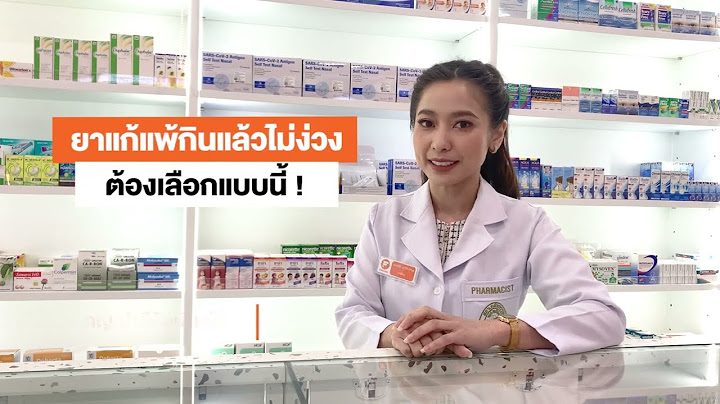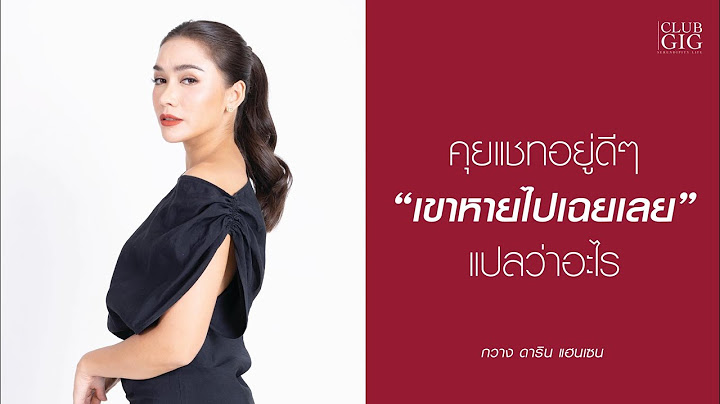ความตั้งใจที่จะถ่ายทอดความรู้ที่ได้รับมาทำการถ่ายทอดต่อไป และหวังว่าจะมีคนมาอ่านแล้วเห็นว่ามีประโยชน์นำเอาไปใช้ได้ หากใครคิดว่ามันมีประโยชน์ก็สามารถนำไปเผยแพร่ต่อได้เลย โดยอาจไม่ต้องอ้างอิงที่มาหรือมาตอบแทนผู้จัด แต่ขอให้ส่งต่อหากคิดว่ามันดีหรือมีประโยชน์ เพื่อถ่ายทอดความรู้และสิ่งดี ๆ ต่อไปข้างหน้าต่อไป Show
  การงานอาชีพและเทคโนโลยี ม.5 by เด็กหญิงศิรมณี ใหม่เจริญ  1. กระบวนการทำงาน PDCA1.1. สามารถปรับปรุงงานได้สะดวกขึ้น1.2. พัฒนาการทำงานให้ถูกต้องเพื่อลดการสูญเสีย1.3. มีความมานะไปสู่ความสำเร็จ1.4. ช่วยให้ประหยัดเวลาในการทำงาน1.5. ช่วยแก้ปัญหาได้ตรงจุด2. การซ่อมแซ่มและดูแลเสื้อผ้า2.1. ช่วยประหยัดค่าใช้จ่ายในบ้าน2.2. เป็นการใช้เวลาว่างให้เกิดประโยชน์2.3. ช่วยยืดอายุการใช้งานของเสื้อผ้าให้ยาวนานขึ้น2.4. สามารถนำความรู้ที่ได้จากการเย้บผ้าไปสร้างอาชีพได้2.5. ทำให้เกิดความภาคภูมิใจที่สามารซ่อมเสื้อผ้าได้ด้วยตนเอง3. งานช่างในบ้าน3.1. มีความรู้เกี่ยวกับการเลือกเครื่องมืองานช่าง3.2. สามารถใช้เครื่องมือได้อย่างปลอดภัย3.3. เป็นพื้นฐานในการศึกษาต่อและประกอบอาชีพ3.4. ยืดอายุการใช้งานของเครื่องมือ3.5. เกิดความรู้ความชำนาญ�����Է�ҹԾ��� ����֡�����º��º��ŧ���� "ma" ����Ҩչ��ҧ�Ѻ��������·���դ����������ǡѹA COMPARATIVE STUDY OF FINAL PARTICLE "MA" IN MANDARIN AND ITS THAI EQUIVALENTS. �����Ե �Ե� ԡԨ Niti Atikit �����Ҩ�������֡�� �.��. ������ �س����ͧപ��.��. ��оԳ ������Ժ���� Suree Choonharuangdej, Ph.D. Asso.Prof. Prapin Manomaivibool, Ph.D. ����ʶҺѹ ����ŧ�ó�����Է�����. �ѳ�Ե�Է����� Chulalongkorn University. Bangkok (Thailand). Graduate School. �дѺ��ԭ�������������´�Ң��Ԫ� �Է�ҹԾ�����Һѳ�Ե. �ѡ����ʵ�� (���Ҩչ) Master. Arts (Chinese) �շ�診����֡�� 2548 ���Ѵ���(��) ����֡���Ԩ�¤��駹���繡���֡���������º��º��ŧ���� ma ����Ҩչ�Ѻ���ѡɳ����ǡѹ���������� �դ���������С������������ᵡ��ҧ�ѹ���ҧ�� �������Ѻࡳ���˹��Ӷ��Ẻ�ͺ�Ѻ���ͻ���ʸ���������� �ҡ����֡�Ҿ���� �� ma ����ö�ʴ�ਵ�Ңͧ���ٴ����ҡ�����������ö�ʴ���������ᵡ��ҧ�ѹ仵����Ժ� �ҡ�����������������ʧ�����ͤ�����ͧ��âͧ���ٴ����ѡ������ö���͡���ͧ�������� 1. �� ma 㹻���¤�Ӷ������������¤������ͺ�Ѻ���ͻ���ʸ����繤Ӷ�����繤Ӷ�������ٴ��ͧ��äӵͺ ��º��Ѻ�� ~i~u�������� �����ѧ ��� �������~u~i 2. �� ma 㹻���¤�Ӷ������������¤������ͺ�Ѻ���ͻ���ʸ����繤Ӷ�����ͺ�繤Ӷ�������ٴ��ͧ��÷�Һ��Ҽ��ѧ�բ����ŷ����ٴ���������� ����ͻ�ҡ������Ѻ�ӵ�ҧ���������������º��Ѻ�� ~i~u����� ��������� �١��� �١������� ������� ���������������� ���������~u~i �͡�ҡ����㹻���¤������ͺ�Ѻ���ͻ���ʸ���� �� ma ��Ф��ѡɳ����ǡѹ��������ѧ����ö����ٻ����¤������� ���Ѵ���(English) This study is to compare the meanings and usages of fmal particle "ma" in Mandarin Chinese and its Thai equivalents against a fixed set of criteria used for the type of yes-no questions to see if there is any similarity and difference between them. This study found that "ma" in Mandarin Chinese can express speakers' different attitudes. It can also be used to represent different meanings depending on contexts. Based on the speakers' objectives, we can analyze and divide the use of "ma" into two groups, namely: 1. The type of yes-no question "ma" used as a "real question" : It indicates the speaker' s desire for the answer and its Thai equivalents are "rww platy" "rww yarl" "mai" "rww mai". 2. The type of yes-no question "ma" used as an "exam question" : It signals the speaker's intention of acquiring the listener's information and its Thai equivalents are "chai mal" "chaff rww mai" "thuuk mai" "thuuk rww mai" "chai dai mai" "chaff dai rww mai" "dai mal" "dai rww mai". Aside from being used in the type of yes-no question, the Mandarin Chinese final particle "ma" and its Thai equivalents can be used in the form of rhetorical question as well. ���ҷ������¹�Է�ҹԾ��� �ӹǹ˹�Ңͧ�Է�ҹԾ��� 103 P. ISBN 974-14-3802-8 ʶҹ���Ѵ���Է�ҹԾ��� ���Ӥѭ MA, QUESTION WORD, REAL QUESTION, EXAM QUESTION, RHETORICAL QUESTION �Է�ҹԾ���������Ǣ�ͧ ���Ѵ���(English) This research aims to study the form and content of the television program "Teletubbies". 15 Teletubbies episodes distributed through the UBC television station in April 2000 were used as case studies. The program structure, narrative structure, production technique, content and signs were considered for analysis. The results concerning the program structure of Teletubbies were divided into 3 parts: title, body and end title. The body had 3 sections: the Teletubby world, the Human world, and the Teletubby world 2. In terms of the narrative structure, it was found that the narrative started with the sound of narrators, continued according to the sequence of events and ended with happiness. Techniques of repetition, animation and sound effects were used frequently. It was found that the content always concerned the childrens activities, such as how to use time, exercise, playing with friends, feelings and emotions, listening and speaking, natural preservation, and music. The Teletubbies program used the following items as medium of communicating with children: sun with a childs face, megaphone, narrators, teletubby characters, wind mills, children, places, tools and talking flowers. These signs were divided in 3 types: Icon, Index and Symbol. All of them were universal. So that children around the world could understand the programs. The researcher suggests that early pre-school childrens perception of the television program "Teletubbies" be studied further. |

กระทู้ที่เกี่ยวข้อง
การโฆษณา
ข่าวล่าสุด
การโฆษณา
ผู้มีอำนาจ
การโฆษณา
ถูกกฎหมาย
ช่วย

ลิขสิทธิ์ © 2024 th.apacode Inc.




























